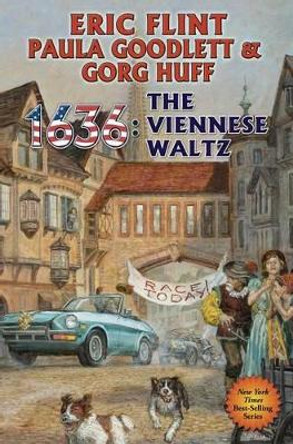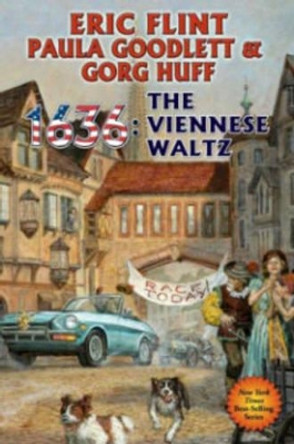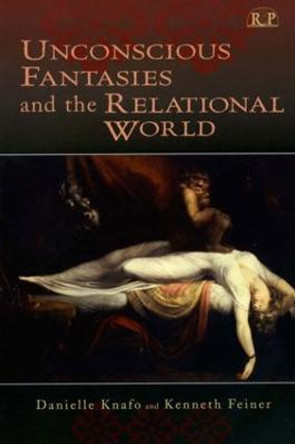Description
Satirically utilized by Strauss II to highlight the deceptive aristocratic class, under Lehar, Schoenberg, Mahler, and Webern's pens the waltz became the pivot between the conscious and unconscious, forcing the music into a paralytic "second state" analogous with the stagnation of the Habsburg Empire. The Waltz: The Decadence and Decline of Austria's Unconscious shows how over the hundred years between the Vienna Congress and the dissolution of the Empire, the waltz altered from signifier of upper-class artifice-covering with glitz and glamour the poverty and war central to the time-to the link between the three classes, between man and nature, and between Viennese and "Other." Danielle Hood wields the Freudian concepts of the uncanny and the doppelganger to explain this revolution from the simple signification of a dance to the psychological anxiety of a subject's place in society.
About the Author
Danielle Hood received her PhD in musicology from the University of Leeds.
Reviews
"The Waltz is bound to become an indispensable contribution to the musical analysis of fin-de-siecle Vienna and particularly the waltz and its symbolic signification. Masterful use of topical and narratological procedures, but also of psychoanalysis as it is provided by the cultural context under scrutiny. Taking into account and relating to each other both art music (Schoenberg, Webern, Mahler) and functional genres such as dances and operetta reveals itself a fruitful, clever operation."
-- Joan Grimalt Santacana, Universitat Pompeu Fabra"Drawing on topic theory, along with psychology and philosophy, Danielle Hood makes a compelling argument for reading the waltz as an uncanny narrative and tying the meaning to music as early as Johann Strauss II and Die Fledermaus rather than fin-de siecle Vienna. The case studies are detailed and incorporate tonal, atonal, and serial music and illustrate that the Viennese traditions did not fade away with World War I. The well-known Symphonie of Anton Webern receives a treatment far beyond the row structure and canonic properties typically discussed. The waltz and the Landler have always been connected, and Hood demonstrates how the opposition between the two grows into an uncanny narrative."
-- Erik Heine, Oklahoma City University"Danielle Hood's examination of the waltz in fin-de-siecle Vienna offers, on the one hand, a corrective to the relative absence of analytical accounts of music of this time in terms of topic and on the other, psychologically informed readings that tease out hitherto unexplored connections between diverse repertoires and composers. To achieve this, Hood's interpretative strategy is appropriately wide ranging, touching on the musical application of Freudian theory, narratology, and hermeneutics. Readers interested in music's multiple significations and the interrelationships between musical topics and narrative, culture, and the unconscious will find much food for thought in Hood's lively account."
-- Edward Venn, University of LeedsBook Information
ISBN 9781793653925
Author Danielle Hood
Format Hardback
Page Count 212
Imprint Lexington Books
Publisher Lexington Books
Weight(grams) 454g
Dimensions(mm) 227mm * 160mm * 18mm




![Alana Dancing Star: A Viennese Waltz by Arlene Phillips 9780571259939 [USED COPY] Alana Dancing Star: A Viennese Waltz by Arlene Phillips 9780571259939 [USED COPY]](https://cdn11.bigcommerce.com/s-zkx5lhzlf8/images/stencil/444x444/products/4945739/4944957/9780571259939__22012.1722566614.jpg?c=1)





